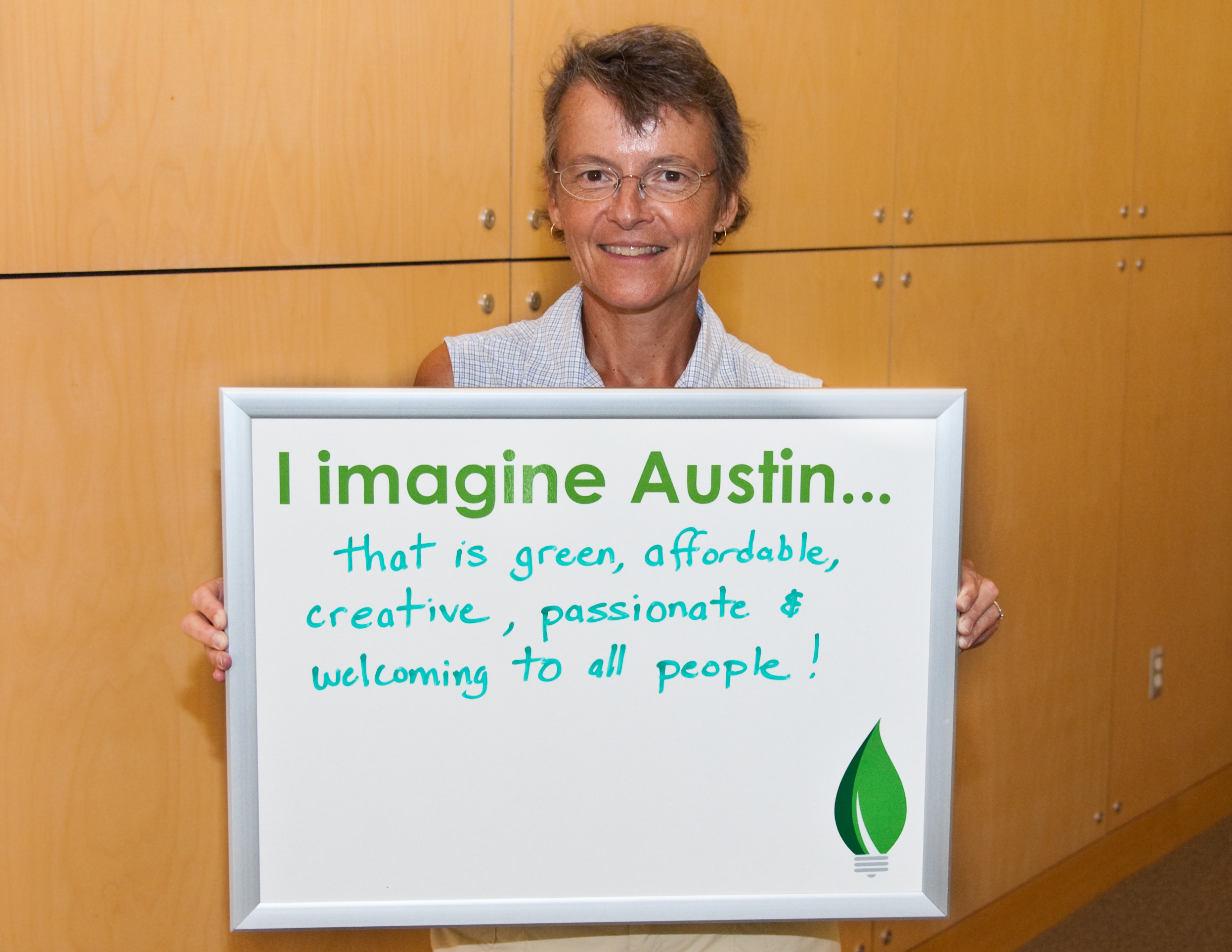 Enter Imagine Austin the city’s comprehensive master plan to consciously growand develop to ensure Austin is a healthy, positive place for its people,companies and environment.
Enter Imagine Austin the city’s comprehensive master plan to consciously growand develop to ensure Austin is a healthy, positive place for its people,companies and environment. How do you imagine Austin?
How do you imagine Austin? How do you imagine Austin?
How do you imagine Austin?- How do you imagine Austin?
Although even the best laid plans can go awry, when a city expects its population to double in the next 30 years, it’s probably a good idea to have one. Enter Imagine Austin, the city’s comprehensive master plan to consciously grow and develop to ensure Austin is a healthy, positive place for its people, companies and environment.
The “Comp Plan,” as it is called for short, is meant to be not only a resource to guide and manage change, but a foundation for policies and actions and a to-do list for the Austin community. The city intends this master plan to tie numerous individual neighborhood and corridor plans together into a common vision for Austin’s future.
“The plan is to make sure we are coordinating and all our resources are going in the same direction, “ said Meredith Bossin from the city’s Planning and Development Review Department, in a presentation to the American Institute for Architecture’s Austin chapter on Monday night.
Bossin laid out the plan’s five core principles:
- Grow as a compact, connected city - Focusing on redevelopment, preserving the land that supports the Edwards Aquifer, protecting of the floodplains, guarding the character of neighborhoods, promoting mixed-use over separate-use developments, and completing a transportation system to give residents and visitors options.
- Integrate nature into the city – Additional green infrastructure, connecting creeks and trails, maintaining a healthy urban forest and protecting the Edwards Aquifer to the west and the flood plains to the east.
- Provide paths to prosperity for all – Fostering a healthy business environment, welcoming green industries and emerging technologies, nurturing Austin’s entrepreneurial spirit, and creating healthy neighborhoods that support families.
- Develop as an affordable and healthy community - Ensure that “Austin is a place where families can stay and thrive.”
- Sustainably manage water and other environmental resources - Improving stewardship of the city’s water resources.
Although these are ambitious, lofty and relatively vague goals, Bossin insists that the plan’s 230 action items are specific stepping stones to take the plan from aspiration to reality.
To start, the city has identified eight priority programs – regulation, transportation, green infrastructure, water resources, growing Austin’s creative economy, affordable housing, investing in the workforce and education and a “Healthy Austin” program - and wants your feedback. Vote here.
City of Austin Architect Kit Johnson is well aware that the plan needs to be more than just a plan with good intentions – it needs courage to make and inspire necessary change.
“We need something that has enough gumption and authority that we can point back to it,” he said.
A public draft of Imagine Austin is available for review and comment until the end of October. Implementation is expected to begin early next year.
---
Imagine Austin can be downloaded here.

